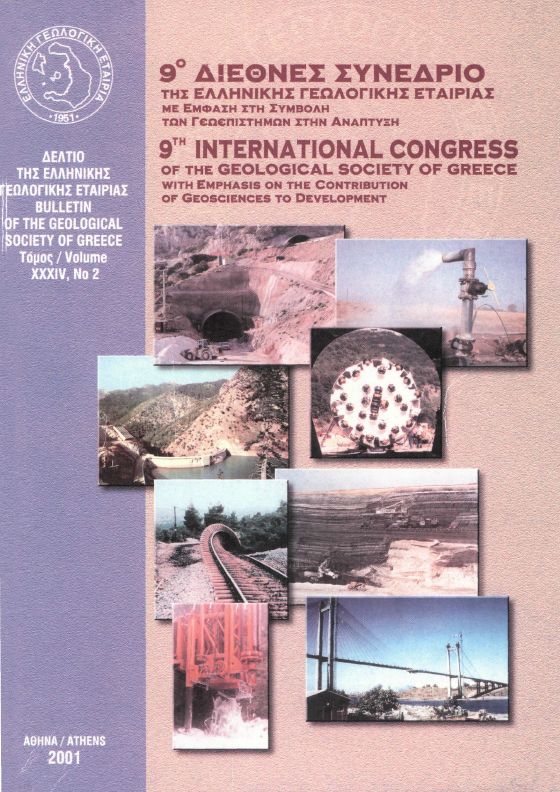Palaeoceanographic implications of new and revised bio-chronostratigraphic constraints from the Profitis Ilias Unit (Rhodes, Greece)

Abstract
Middle Oxfordian-early Kimmeridgian radiolaria, extracted from the top of radiolarites of Profitis Ilias unit (Rhodes island), suggest that the latter are essentially Middle Jurassic in age and the overlying siliceous shales Late Jurassic. The previously identified Calpionellid horizon at the top of Profitis Ilias siliceous marls is now regarded as early Valanginian in age. The above chronostratigraphic constraints allow tentative correlations to be made between Profitis Ilias and Pindos-Olonos sedimentary units. Finally, the palaeoceanographic significance of the studied series in Rhodes and potentially similar pelagic sequences in the Marmaris area of Turkey are discussed.
Article Details
- How to Cite
-
DANELIAN, T., BONNEAU, M., CADET, J. P., POISSON, A., & VRIELYNCK Β. (2018). Palaeoceanographic implications of new and revised bio-chronostratigraphic constraints from the Profitis Ilias Unit (Rhodes, Greece). Bulletin of the Geological Society of Greece, 34(2), 619–625. https://doi.org/10.12681/bgsg.17111
- Section
- Stratigraphy

This work is licensed under a Creative Commons Attribution-NonCommercial 4.0 International License.
Authors who publish with this journal agree to the following terms:
Authors retain copyright and grant the journal right of first publication with the work simultaneously licensed under a Creative Commons Attribution Non-Commercial License that allows others to share the work with an acknowledgement of the work's authorship and initial publication in this journal.
Authors are able to enter into separate, additional contractual arrangements for the non-exclusive distribution of the journal's published version of the work (e.g. post it to an institutional repository or publish it in a book), with an acknowledgement of its initial publication in this journal. Authors are permitted and encouraged to post their work online (preferably in institutional repositories or on their website) prior to and during the submission process, as it can lead to productive exchanges, as well as earlier and greater citation of published work.



